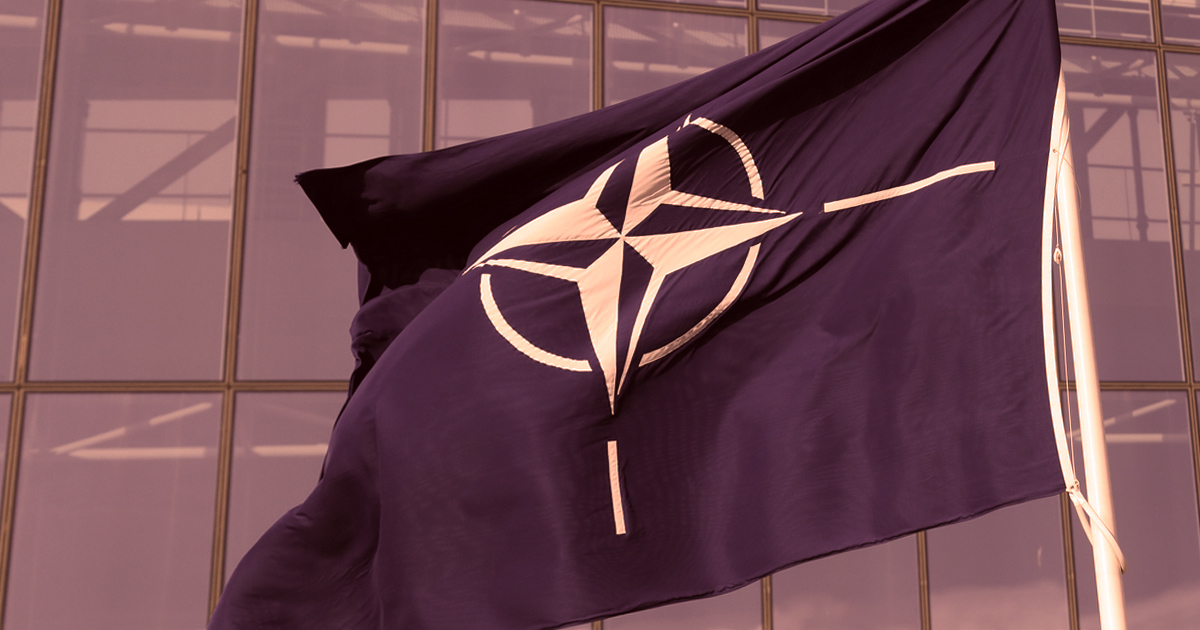
The Evolution of NATO: Tracing Seven Decades of North Atlantic Treaty Organization
In the realm of international security, the North Atlantic Treaty Organization (NATO) stands as an exemplar of transatlantic cooperation and a bulwark of democratic values. Formed in the aftermath of World War II, NATO has served as a linchpin in global defense, uniting nations from Europe and North America under a shared commitment to mutual security. The organization's evolution from a deterrent against Soviet expansion to a proactive global entity attests to its role in maintaining international order and safeguarding its member state's freedoms.
Decoding the North Atlantic Treaty Organization (NATO)
At the core of NATO lies the principle of collective defense, succinctly captured in the phrase "an attack against one is an attack against all." This principle has propelled the organization's mission, driving its efforts to ward off threats to member states and enhance global stability.
Established on April 4, 1949, NATO originated as a deterrent against potential Soviet aggression in the backdrop of a polarizing Cold War climate. The organization’s formation reflected a collective commitment to preventing nationalist militarism and fostering political integration among European nations. The North Atlantic Treaty, the cornerstone of NATO, encapsulated these ideals and laid the framework for a unified defensive pact among the 31 member states.
Additionally, the role of NATO is not limited to just military cooperation. In the modern era, the organization has increasingly focused on diplomatic engagement, intelligence sharing, and capability development. Its political arm actively engages in dialogue and consultation to manage disputes among member states, build trust, and establish norms of behavior. Meanwhile, its military structure works on maintaining a high level of readiness, building interoperability, and ensuring adequate capabilities to meet the evolving security environment.
Key Points:
The principle of collective defense forms the core of NATO.
NATO was established in the backdrop of the Cold War, as a deterrent against potential Soviet aggression.
The organization promotes economic cooperation, individual resistance capacity, and collective action against armed attacks.
NATO has evolved to maintain diplomatic engagement and intelligence sharing.
The Essence of the North Atlantic Treaty
The North Atlantic Treaty embodies the guiding principles of NATO. Comprising 14 articles, the treaty underscores the commitment to peaceful resolution of conflicts, collective defense, and respect for member nation's sovereignty. In essence, it provides a roadmap for member state's conduct, advocating economic cooperation, individual capacity for resistance, and collective action in response to armed attacks.
In a world marked by geopolitical shifts, the treaty remains adaptable, allowing for expansion of NATO’s membership. Article 10, in particular, invites European states that can further the principles of the treaty to join the organization, subject to unanimous agreement among existing members.
Moreover, the North Atlantic Treaty demonstrates an appreciation for the United Nation's role in maintaining international peace and security. Article 1 of the treaty explicitly forbids any NATO member from settling international disputes using force in a way inconsistent with the United Nations Charter. This reverence for the UN reflects NATO's commitment to international law and its understanding of the need for a multilateral approach to security.
Important: The North Atlantic Treaty underscores NATO's commitment to the principles of the United Nations and international law.
Interesting Fact: Article 5, which enshrines the principle of collective defense, has only been invoked once in NATO's history — following the 9/11 attacks on the United States.
Expanding Membership: Welcoming Finland into NATO
The dynamic nature of NATO is evident in its continually expanding membership. Most recently, in April 2023, Finland emerged as the newest entrant, signifying the organization's enduring relevance. The decision for Finland and Sweden to apply for NATO membership in 2022, driven by the Russian incursion into Ukraine, underscored NATO's continued role as a guarantor of regional security.
The acceptance of Finland's membership application, despite potential opposition from Turkey over Sweden's support for the Kurdistan Worker's Party, signifies the weightage NATO places on collective security and cooperation among democratic states.
Interesting Fact: Albania and Croatia were the last countries to join NATO before Finland, having been admitted in 2009.
In addition to its security implications, Finland's accession to NATO carries significant political and symbolic weight. For decades, Finland has maintained a policy of military non-alignment, balanced carefully between the West and Russia. Its decision to join NATO represents a dramatic shift in policy that reflects changing perceptions of security in the Nordic region and wider Europe.
From NATO's Inception to Today: A Journey of Strategic Evolution
Over the course of seven decades, NATO has evolved significantly in terms of its strategic focus. Throughout the Cold War, the organization remained unengaged in any military conflicts, serving mainly as a deterrent force. However, with the dissolution of the Soviet Union and the end of the Cold War, NATO found itself confronting a range of new security challenges.
This shift in international dynamics necessitated a more proactive approach from NATO, triggering its involvement in crisis-response operations in the Balkans in the early 1990s. More recently, NATO's operations have extended beyond its traditional geographical scope, including its participation in the International Security Assistance Force (ISAF) post the 9/11 attacks and subsequent peacekeeping missions in Afghanistan, as well as humanitarian support missions in Libya and Pakistan.
Today, NATO continues to address emergent security concerns, such as Russia's annexation of Crimea, by augmenting air policing missions and providing assistance to Ukraine. It demonstrates NATO's adaptability to shifting geopolitical landscapes and its unwavering commitment to preserving international peace and security.
In the 21st century, NATO has also had to adapt to non-traditional security challenges such as cyber threats, energy security, and even the impact of climate change on security. For instance, recognizing the potential for cyber attacks to trigger the collective defense clause, NATO has expanded its focus on cyber defense and deterrence.
Fact: NATO's evolution has been marked by its ability to adapt to changing geopolitical landscapes and the emergence of new security challenges.
NATO's Strategic Concept 2010: Charting the Future Path
NATO's Strategic Concept, adopted in 2010 at the Lisbon Summit, serves as a beacon for the organization's future trajectory. It reaffirms the mutual commitment to defend each other, promises increased engagement with global partners, and commits to the aspirational goal of a world free of nuclear weapons. Furthermore, it pledges to keep NATO's door open to potential members, thereby reinforcing the organization's commitment to an inclusive, democratic Europe.
The Strategic Concept 2010 also acknowledged the importance of a comprehensive approach to security, which involves civil and military aspects. It acknowledges the need for NATO to work closely with other international organizations, non-governmental organizations, and the broader international community to effectively address modern security challenges. This recognition of a wider security ecosystem reflects a mature understanding of the complex nature of international peace and security in the 21st century.
Tip: Understanding NATO's Strategic Concept can provide insights into the organization's future trajectory and its approach to contemporary security challenges.
NATO's journey, from its inception to its present-day operations, underscores its dynamic evolution in response to global security challenges. Born from the ashes of World War II to deter Soviet expansion, the organization has transformed itself to meet contemporary needs while upholding its foundational principle of collective defense. As it welcomes new members and tackles diverse global threats, NATO remains a pivotal actor in international relations, representing a beacon of cooperation, security, and freedom in a rapidly changing world.
- Share this article





